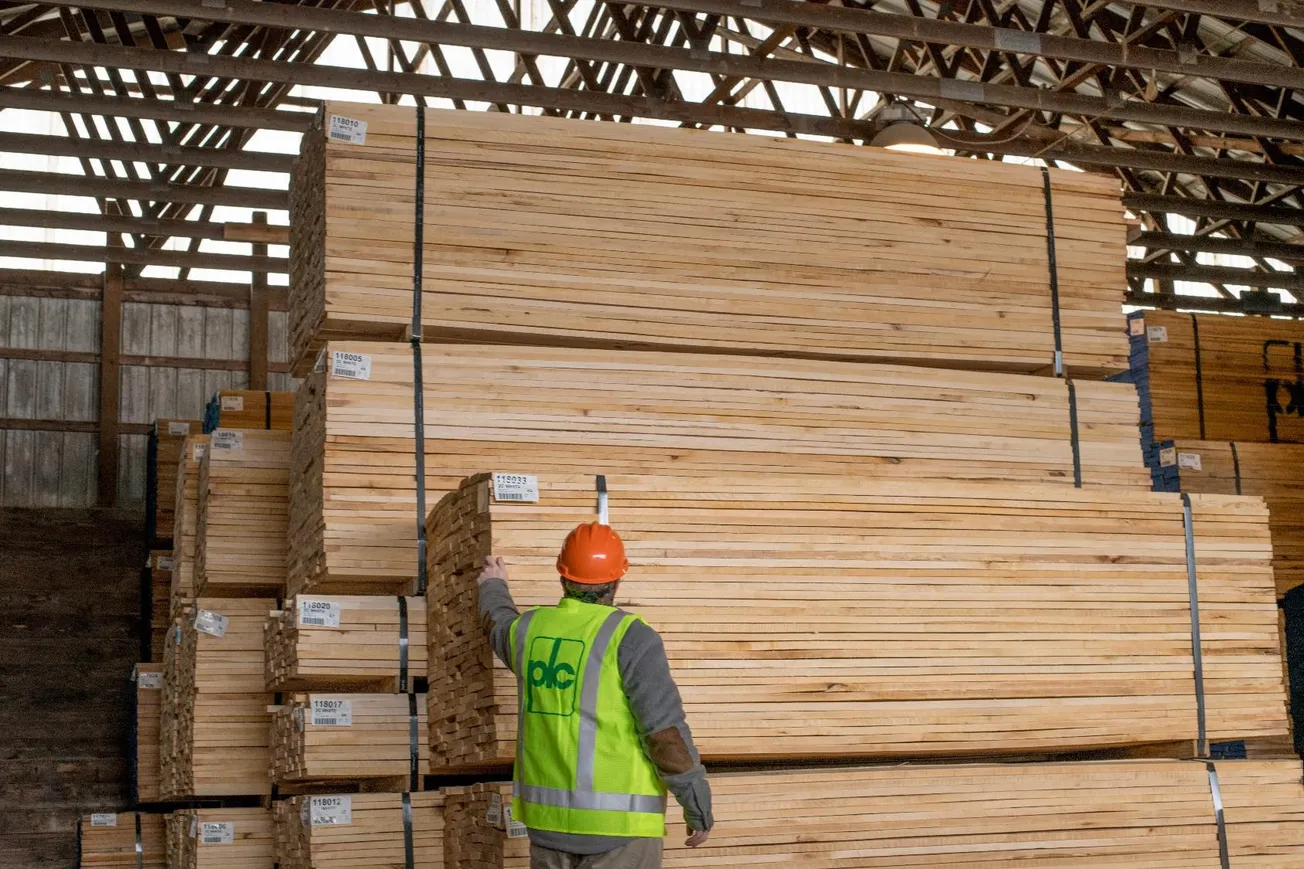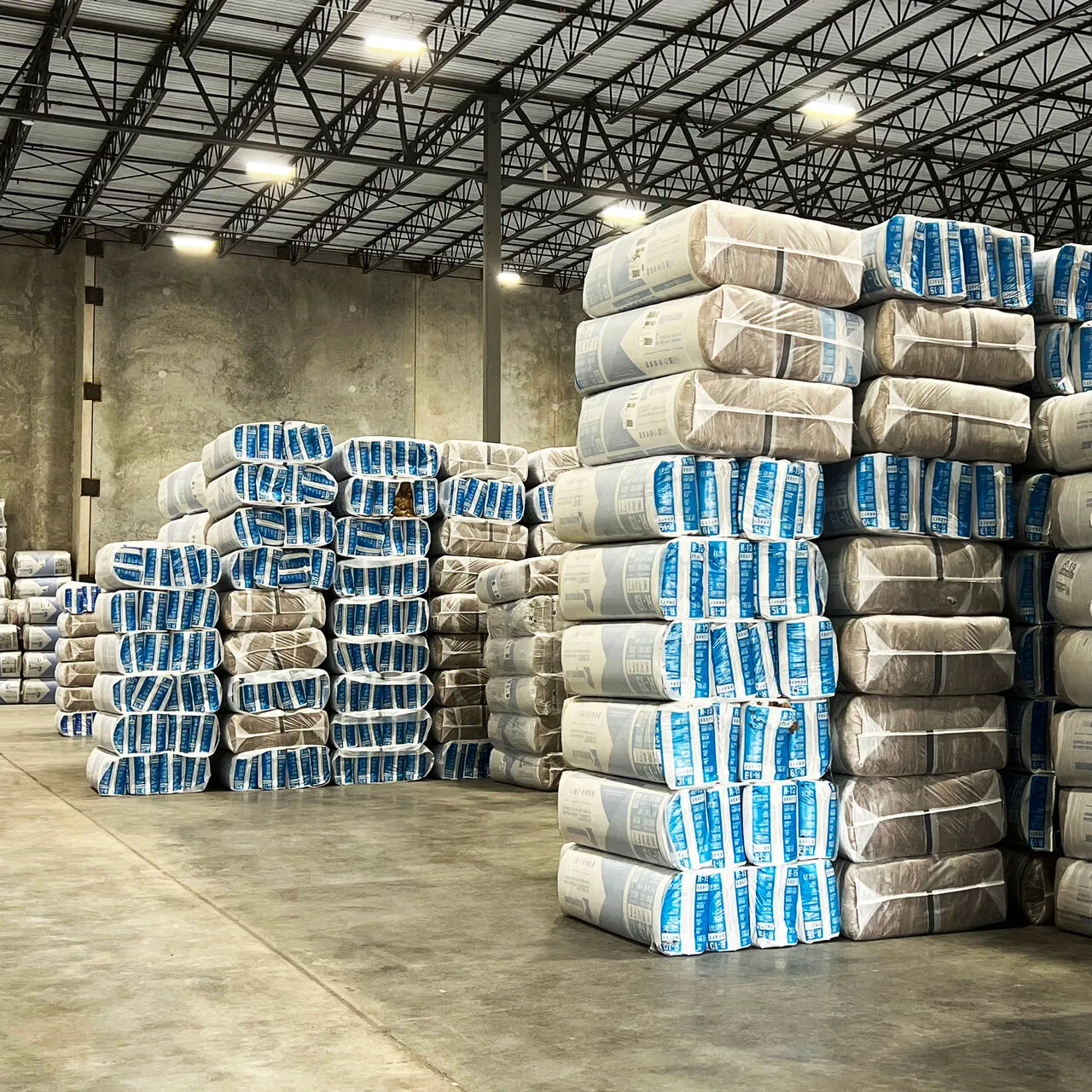Table of Contents
In recent years, manufacturers have been unveiling engineered wood products that move the category far beyond commodity status. Innovations abound as products continue to address more and more builder challenges while making homes efficient and durable. These include premium subfloor panels with superior moisture resistance, I-joists with a wide range of stiffnesses, and fire-rated wall panels.
But unlike a category such as faucets or light fixtures, engineered wood products should be viewed as a floor system, not individual components. In floor systems, for example, product selection, how those products are spaced, and how they are installed all combine to predetermine expected performance. This includes whether the floor feels bouncy, whether it squeaks when walked on, and whether the island shakes as the homeowner walks past.
Considering the whole system lets dealers and their customers sell buyers on performance and, perhaps, higher performance levels. It’s also a way for dealers to differentiate their services as they help builders prevent callbacks and create positive word of mouth.
A System Approach
In thinking of the floor as a system, all of the products—from the OSB to I-joists, beams and rim joists—come together to deliver predictable performance that can meet the builder’s and homeowner’s expectations. A premium subfloor over properly spaced, stiffer I-joists, for example, can help reduce deflection that shakes china cabinets or causes nail pops and cracked floor tiles. Premium subflooring also has a higher density to help keep fasteners in place.
Builders can design to code minimum or work with their manufacturer and dealer to step up to higher deflection limits, such as L/480, which will provide a stiffer floor with less deflection. To design this floor, one looks at on-center spacing, the strength and stiffness of the I-joist, the quality and density of the subfloor, etc. For example, if the builder wants to ensure deflection remains under ¼ inch, he can specify 16” on-center spacing. Stiffness can also be improved by selecting a higher-quality subfloor, such as a premium panel in a 23/32-inch thickness.
Determining target performance levels requires getting to know the customer, the house itself, and, ultimately, the customer’s budget and expectations. A track home on a strict budget likely will call for a more basic, code-minimum floor system. A 6,000–sq. ft., $1 million custom homebuyer, on the other hand, will expect a more solid feel underfoot. The kitchen is also more likely to have a large, heavy island that can put more load on the floor and amplify problems.
Consider Two Scenarios:
Scenario 1, a tract home with laminate flooring and without a kitchen island. Cost is a key factor in the design of this floor system, so the manufacturer or dealer will value engineer the system, looking at increasing on-center spacing for joists, looking for the least expensive I-joist that meets all the required code minimums, utilize an I-joist as rim closure (when applicable), and use columns or piers to break spans up so that smaller support beams may be used. A commodity subfloor product may be selected, one that will still perform over time, but should not be exposed to the elements for long periods.
Scenario 2, a high-end custom home with a large kitchen island and slate flooring. Depending upon the span, these floors could be designed with either a stiffer series I-joist (which means more volume of wood or a higher grade of wood in the flanges), with closer on-center spacing of the floor joists, or both tactics. The stiffer joist and tighter spacing account for the additional loads from the slate flooring and the island, and would result in a more solid-feeling floor, with less bounce, for the homeowner, as well as less likelihood of the slate cracking.
Thinking as a system can allow for product and design compromises. For example, using a premium subfloor panel APA-rated with a higher stiffness could allow the builder to move from 16-inch o.c. spacing to 19.2 or 24, reducing the number of I-joists needed while still maintaining a solid feeling underfoot and the integrity of the finished flooring above.
The process also may reveal efficiencies in making product swaps. Take LSL, which is an alternative to LVL and a more practical option in some systems. LSL uses more of the log and is versatile for use in sill plates, headers, beams, hip and valley rafters, floor joists, and more. It also is often less expensive, a consideration when designing floor systems based on both budget and performance expectations.
Tools & Resources
Manufacturers are making the systems approach easier through a range of resources, from one-on-one consultation to performance-based assemblies to software programs that can do much of the work for you.
Full CAD-based design software allows the dealer to create 3-D drawings of the frame, edit product selections, and see how systems perform under loads. Single-member sizing programs are a quick way to determine how a joist will perform under load in each scenario. The dealer can then take those results as documentation to the builder and code official.
No matter the method or the result, optimizing floor performance is ideal for dealers to provide a unique service offering to builder customers.









